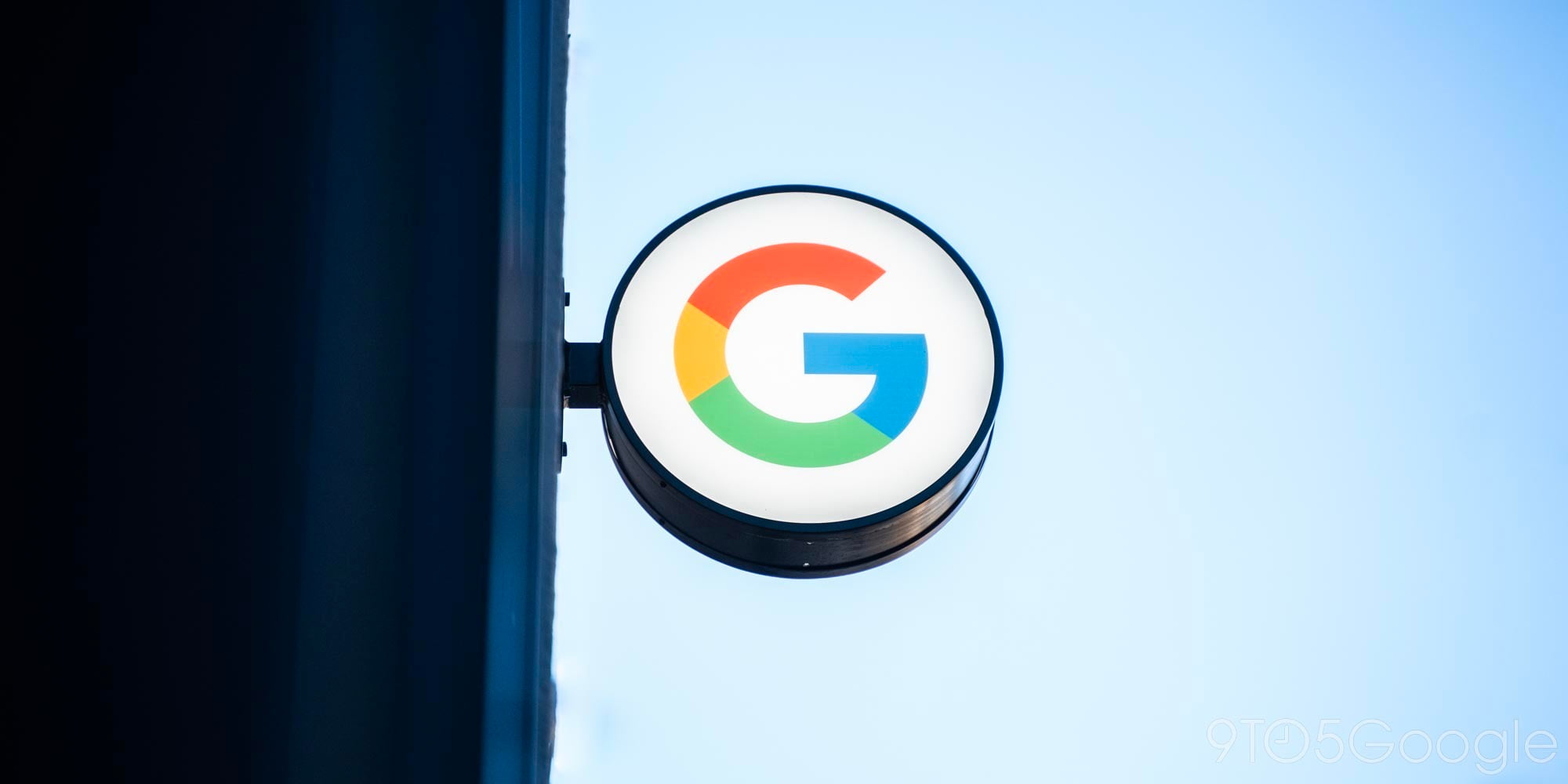
Earlier this year, Google “killed” their long-running web page for Android’s distribution numbers, instead tucking the data away into Android Studio. Today, we’re unveiling a new home for Android distribution data both past and present.
For nearly 10 years, developers could use the Android distribution dashboard to decide the lowest version of Android’s API their app should target, based on the percentage of devices on that version and newer.
The charts, which Google updated monthly until 2018, also served as a window into the problem of Android updates. In fact, Apple, during keynotes, would use often Google’s own data as a contrast for how impressive their own update percentages are.
Google has since taken the distribution data off of the web, as of April, and now encourages developers to use the Play Console’s built-in statistics to make a decision about what version to use based on metrics specific to your app.
To help continue the time-honored tradition of speculating on the success of Google and OEMs to get each Android version to devices, we’ve created a new web app that displays the most recent pie chart of Android version distribution, sourced from Android Studio, as well as historical charts dating back to 2010. Meet AndroidDistribution.io.
Now you can easily watch as each version of Android enters and leaves the charts, and yearn for the old days when the most recent version of Android could have over 30% of the global market share — though this was only due to a far less diverse market of devices at the time. If nothing else, this makes for a fun look back on the history of our favorite operating system.
We built the app using Google’s Flutter SDK thanks to its support for web apps, which recently entered beta. As for the charts themselves, the data was sourced from our own archives of Android distribution data, as well as from publications like Droid-Life and Android Police and data from Ron Amadeo’s “Big Android Chart.”
Of course, this is a good time to remember that Google’s Android distribution data is flawed. There are many varieties of Android devices beyond phones, not all of which are expected to be updated frequently but still connect to the Play Store and therefore count toward the distribution data. For a potentially more realistic look, perhaps look to the measurements of Android devices that visit a certain popular website, or again, view your own app’s distribution information in the Play Console.
Be sure to let us know what you think of AndroidDistribution.io down in the comments below!
More on Android:
- Latest Google app beta crashes when you customize Discover on Android
- Facebook for Android prepares dark mode, coronavirus tracker, more
- Google Play Store on Android prominently links to resource about fighting bias
FTC: We use income earning auto affiliate links. More.






Comments